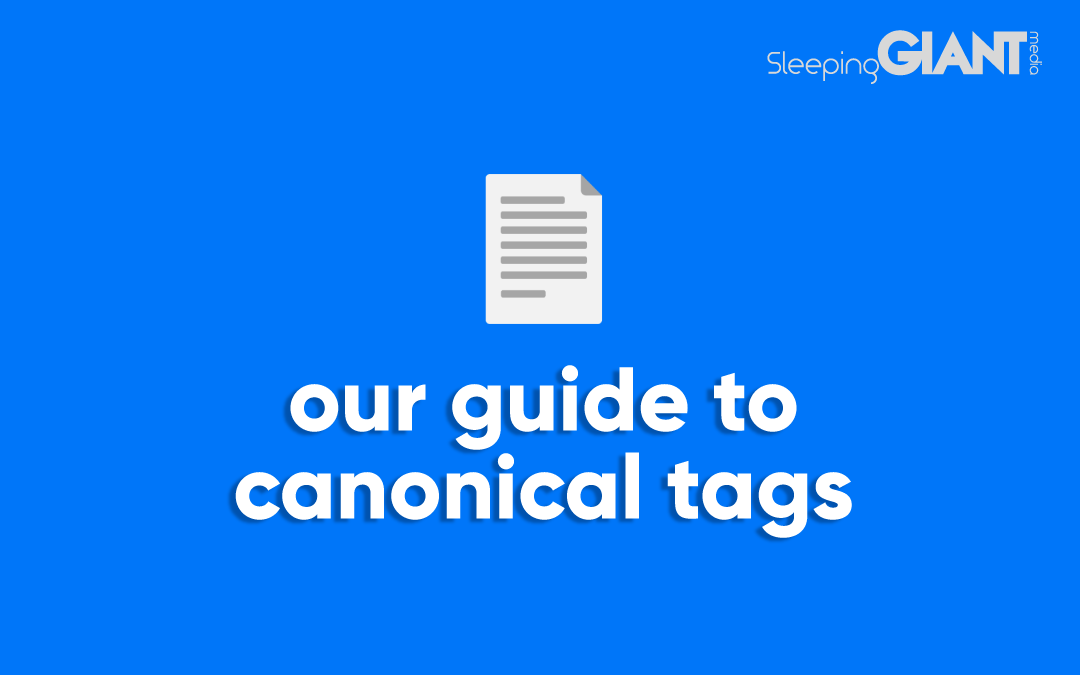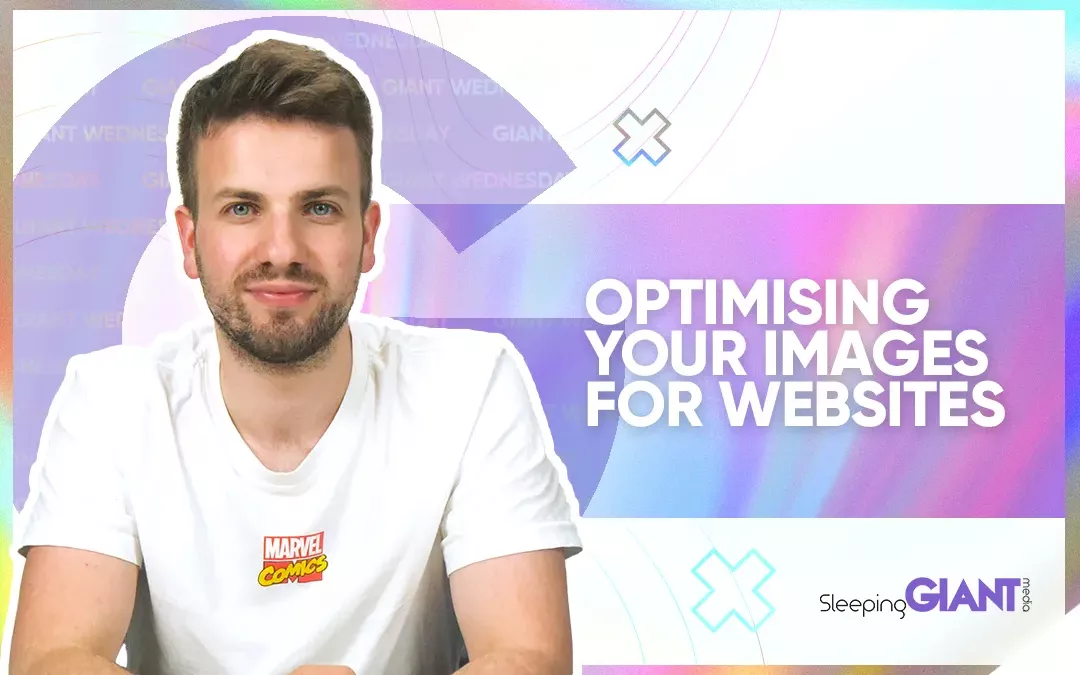The LinkedIn Audience Ad Targeting Options
The LinkedIn Audience Ad Targeting Options

Digital Marketing, technology & business insights, how to’s and explainer videos, released on a Wednesday. Make sure to subscribe to be notified and sign up to our mailing list! 🎥
See below, the transcript from this episode of Giant Wednesday if videos aren’t your preferred method to consume digital skills. See also the Giant Cheat Sheet from this episode.
If you want to know more, get in touch today 😎
Looking to be scarily accurate with your advertising?
Well, if you’re looking to do that on LinkedIn then that’s great, because, well, I’m about to cover off LinkedIns ad targeting options for you.
So hey, I’m Yumna… let’s kick off this Giant Wednesday.
LinkedIn is a great place to advertise. It’s a vast place, full of people from every stretch of life who either use the platform as a form of social media or as a fancy online CV
In Q4 of 2020, LinkedIn’s advertising reach grew by an additional 25 million people so it’s a guarantee there’s a potential audience in there for you.
I’m not going to try and sell you the benefits of advertising with LinkedIn because I’m going to assume you’re here because you’ve worked them out already.
Instead, I want to cover off some of the targeting options on the platform.
There are actually around 200 targeting characteristics available on the platform and you’re allowed to target a maximum of 100 of them for each campaign you run.
If you’re familiar with Facebook’s advertising platforms, then it’s not too tricky to transfer your understandings over.
The key difference however is the level of accuracy you can get on LinkedIn because, after all, it’s a “professional network”.
On a LinkedIn profile, there’s no place for claiming your job title as “Mayor of your mum” from “Awesomeville”, so you can get reliably granular with your targeting. Unless that… genuinely is your job title.
So, to kick off the list of targeting options we have…
Interests & Traits:
So this dataset contains, you guessed it… different interests and traits for prospects.
Looking at things like the groups they’re part of, the types of posts they engage with and post about to gauge interest.
And then looking at traits such as whether they’re frequent travellers, job seekers and so on.
This is a great category to target if your objectives are that of engagement, but is considerably more limited than the same method on Facebook because LinkedIn generally sees less non-professional engagement than other platforms.
You’re probably not following a Shrek meme account on LinkedIn…
But if your target audience for your recent job ad is job seekers, then you can be certain that you’ll hit the nail on the head there with options like “open to work” as an option on personal profiles.
Demographics & location
Again, as it says on the tin, this allows you to target people based on broad categories of age and gender, as well as their location.
You are limited on running ads that target gender and other characteristics if the ad relates to employment, housing, education or credit, however, in a bid to prohibit discrimination.
“At LinkedIn, we prohibit any kind of discrimination on our platform. … Within Campaign Manager, LinkedIn advertisers are required to certify that if an ad relates to employment, housing, education or credit, they will not use LinkedIn to discriminate based on gender or other protected characteristics.”
When a person sets up a profile there are options to put gender and age, and nowadays you can even list your preferred pronouns which is awesome.
But for those who haven’t put in this information, LinkedIn ads may predict a user’s age or gender based on other features on their profile, such as first name or pronouns used in recommendations.
And similarly, for age, based on when you graduated from school.
Because of this, demographics can be a less accurate targeting method, and if someones not updated their location then the same story applies.
But the accuracy levels you want might differ based on your campaigns, so it’s up to you how strongly you rely on that targeting type.
Experience
So this method covers things like the roles a person has worked in, the number of years experience in each role, the industries, member skills and seniority.
Like I said, more likely going to be accurate on a LinkedIn profile compared to your Facebook.
This targeting option means you can get really specific with who you’re targeting and is a great way to hone in on the right audiences for what you’re selling.
You can go broad with job titles such as “designer” or you can get a bit more granular with something like “manufacturing process designer”.
Another benefit of targeting based on experience is that you don’t just have to focus on the present.
You can filter by “current” or “previous” which allows you to really target specific people!
Education
So, as you can probably guess, under this section you can target by the level of education a person has.
But obviously, this does depend on how accurately someone filled in their profiles, and whether they’ve been truthful.
If you were looking to promote things like internships or apprenticeships, then you look to target people fresh out of college or postgraduates.
Education targeting allows you to look at fields of study, so the area of study within that member’s degree.
And also allows you to look at schools, so the college, university or other learning institution where a member completed their course.
Company
Here you can target audiences based on a variety of factors around a company.
For example, you can look to reach the 1st-degree connections of employees as your selected company, so long as it has over 500 employees.
Or you could look at targeting based on the company industry, company size, company name…
You can even target companies based on their rate of growth year over year which is inferred data from employee growth, or similar industries.
And then you could just look to target your own company followers – all those following your company’s page on LinkedIn – which might increase your chance of them seeing your content compared to organic.
Company targeting is great for getting in front of a really specific audience if you’ve got a message that would work for them all. Such as offering discounts to NHS workers!
So that was a look at the targeting options available for running ads on LinkedIn.
These are how you get granular using data you’ve not had to collate yourself, however, there are options if you’ve got your own.
For example, you could use Matched Audiences which is an audience created based on shared interests with a specified audience.
You upload a list of previous customers, covering the data LinkedIn specifies it needs for each user, and it will set about building this lookalike audience – a near-perfect twin of your existing customer.
You can also look to retarget people who’ve already visited all of, or certain pages of your website, someone who’s viewed a video ad of yours before, someone who’s engaged with your LinkedIn page, RSVP’d for your event and more.
HUNDREDS of options available.
And with all of these targeting options mentioned today, you can also use the AND and OR, or exclusion rules, to get super pinpoint with your targeting and narrow your audience further.
One thing that’s tempting when you know all the options is to use all of them. But this usually creates super specific audiences. Now, you’d think a hyper-specific audience would be better, but you’d be wrong when talking about B2B marketing.
In B2C decision making, it’s usually one person who decides: the person who has the money. If I want to buy a new pair of shoes then I don’t need to ask permission if I have the money, right?
With B2B buying, the company’s money usually has to go through a number of checks before it goes out – an average of 6.8 people, in fact. Why is that not a round number?
This means that your ads to a hyper-targeted audience might be reaching the most enthusiastic of prospects, but that doesn’t mean they’re reaching everyone they need to.
So keep your audiences broad enough to capture more of the buying circle for your target companies.
Sign Up For Giant Wednesday In Your Inbox
Use the form below to sign up and we'll send you fortnightly update emails when a new episode of Giant Wednesday is launched.
Want results like these?
So, you’ve seen how we do it — and you know what we’re capable of. If your brand or business could benefit from results like these, get in touch with us today to unleash your potential.
Follow Us
Sign Up For More
Stay up to date with the latest happenings, learnings, events & more with our GIANT Newsletters.
Contact Us
Top Floor, The Civic Centre, Castle Hill Avenue, Folkestone CT20 2QY.
Copyright © 2022 Sleeping Giant Media. All Rights Reserved.


